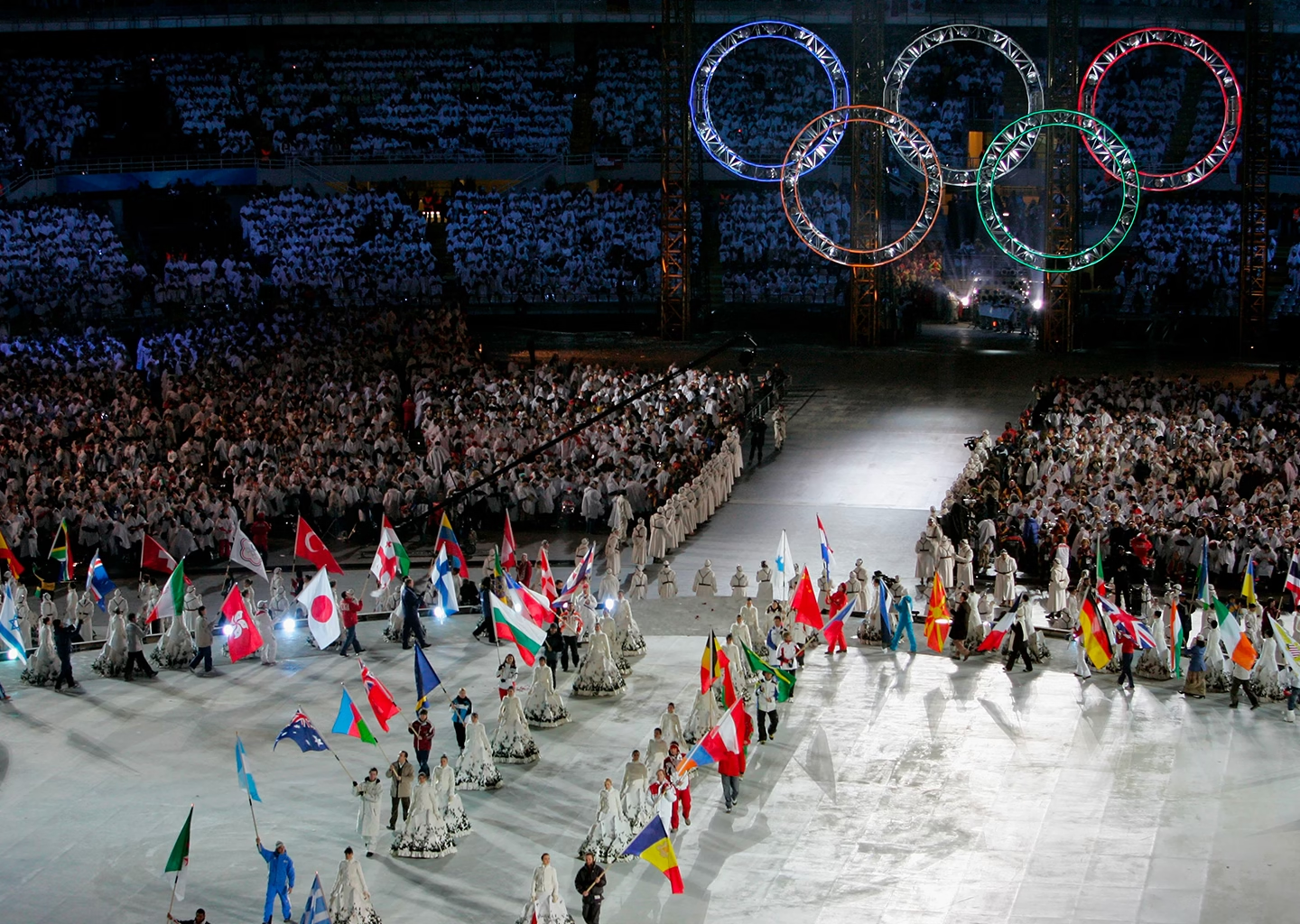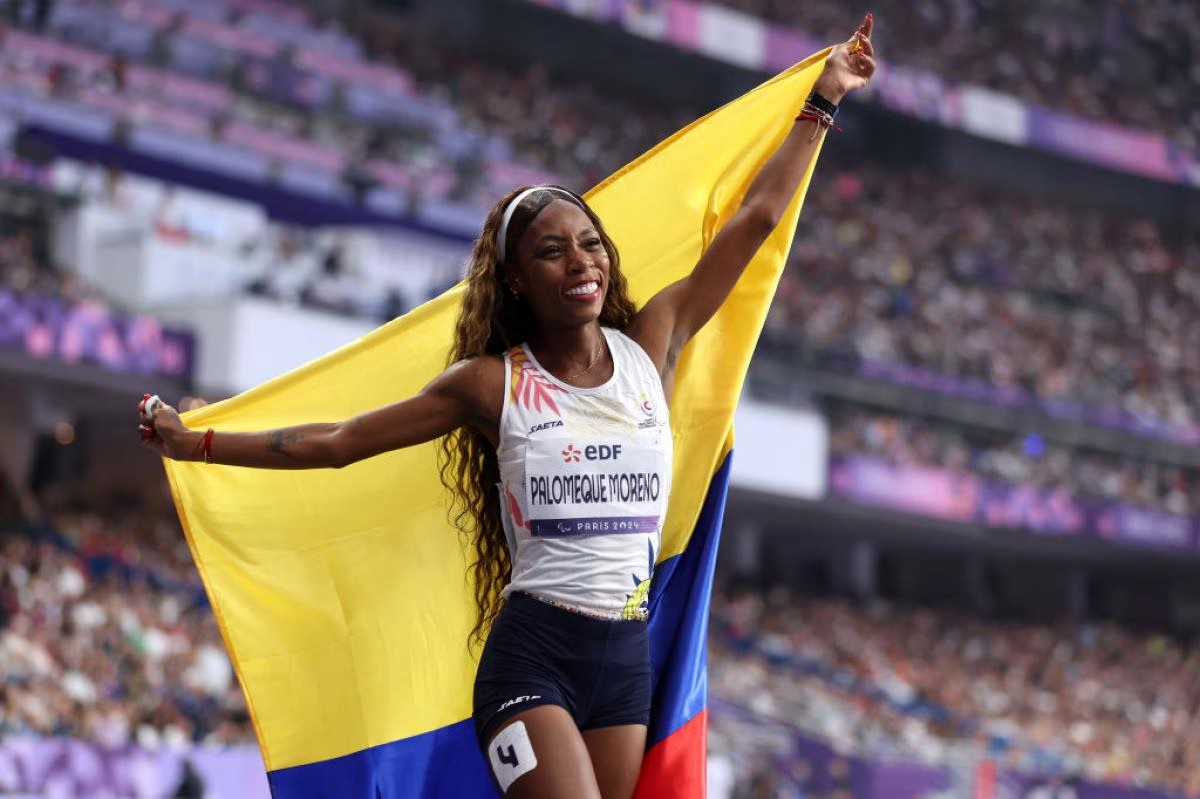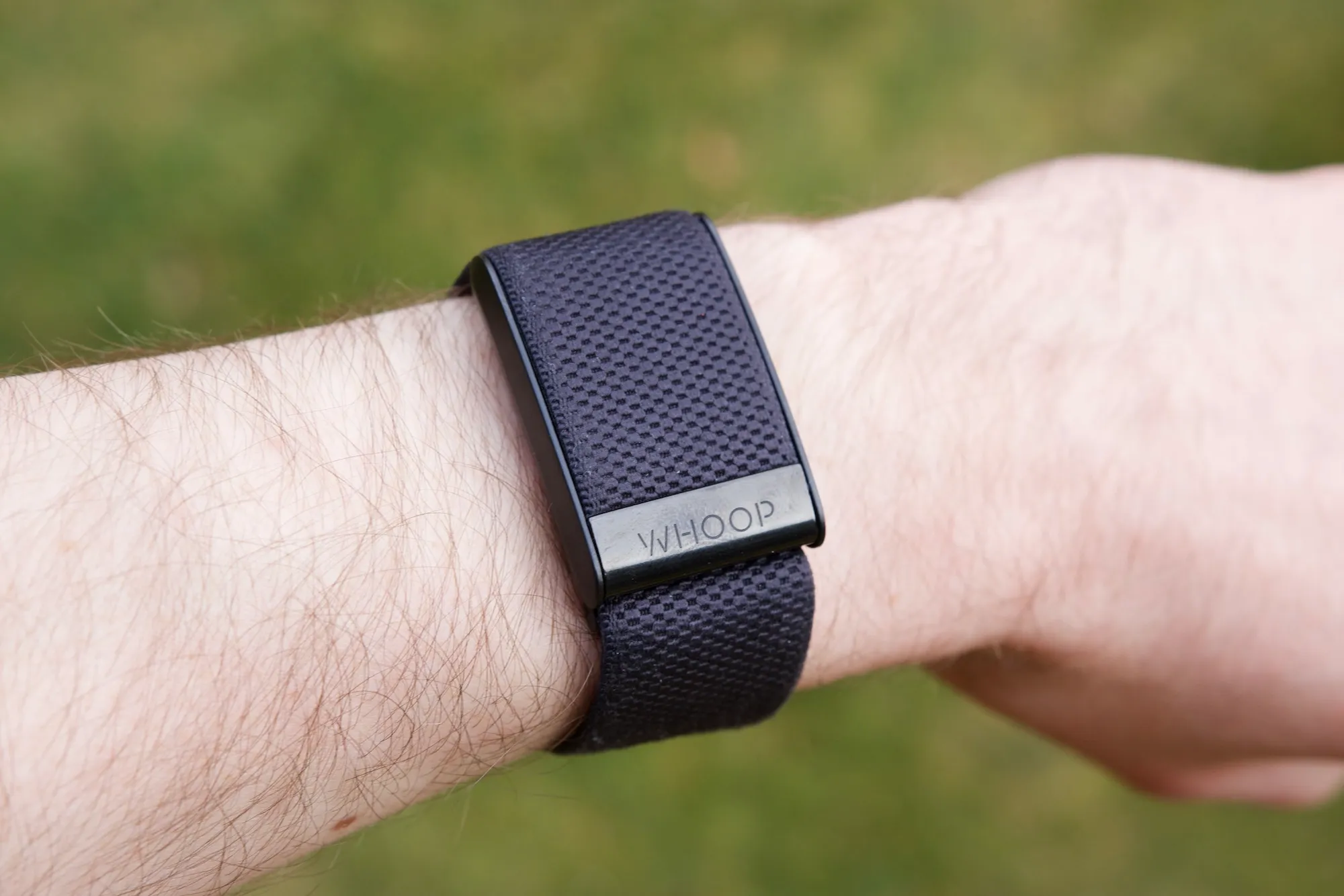Introduction
The Milano–Cortina 2026 Winter Olympics are just months away, and 2025 has become the decisive year of preparation. From venue testing and transport planning to ticket sales and volunteer training, every detail is being fine-tuned to ensure a successful Games. With events spread across multiple alpine clusters and major cities, this edition is unlike any before—making 2025 the crucial stage where Italy proves its readiness for the world.
1) Venue delivery and homologation are being pushed across clusters
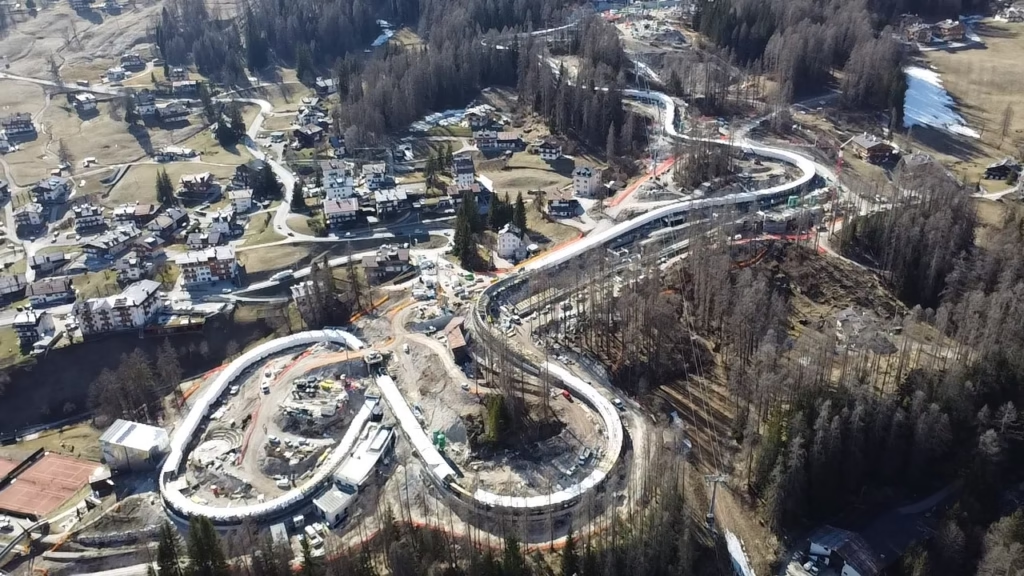
Sliding sports: Cortina’s new track clears a critical hurdle
In March 2025, the rebuilt Eugenio Monti Sliding Centre in Cortina hosted its first athlete test runs for bobsleigh, luge and skeleton during pre-homologation, a prerequisite to full certification. That week of sliding marked a turning point for one of the Games’ most scrutinized venues after years of debate over whether Italy should rebuild or outsource sliding events.
This venue—budgeted around €118 million—sits within broader Games-related infrastructure spending estimated in the multi-billion-euro range. Prior to the March tests, concerns had persisted about cost, timing and even incidents around the site; nevertheless, by mid-2025, organizers and international federations were reporting positive progress and lining up higher-level test competitions.
Elsewhere, venues with deep World Cup pedigrees—Bormio’s Stelvio for men’s Alpine, Cortina for women’s Alpine, and Val di Fiemme for Nordic—have been undergoing targeted upgrades and operational rehearsals in 2025, rather than top-to-bottom rebuilds. This approach fits the IOC’s newer “use what already exists” philosophy, which Milano–Cortina has adopted at scale.
The freestyle capital Livigno distinguished itself by cutting the ribbon on the Aerials & Moguls Park and by advancing its Snow Park setup. Official communications through 2025 describe Livigno’s venues as not only on-time but already active, positioning the site for high-energy test events before Games-time.
2) Test events in 2025 are being used as full-dress rehearsals
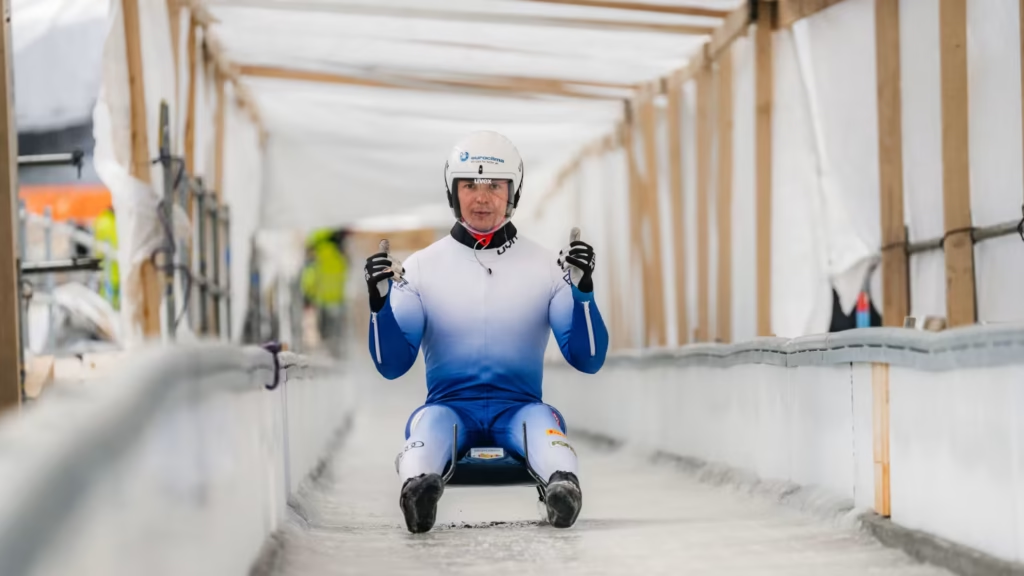
The 2025 calendar has been built around international federation competitions that double as stress tests for timing, scoring, broadcast cabling, medical plans, athlete flows and spectator management.
- Sliding sports: Following March’s pre-homologation, a top-tier sliding event was slated to bring the world’s best to Cortina—an important operational trial after more than a decade without an IBSF World Cup in Italy.
- Freestyle & snowboard: FIS updates in 2024–25 detailed construction milestones and readiness at Livigno, with test events planned to validate snow production lines, athlete warm-up zones, and in-venue fan movement ahead of 2026.
- Nordic & biathlon: Val di Fiemme and Anterselva (Antholz) have continued their World Cup hosting rhythms, providing realistic throughput for marshal training, course maintenance cycles and broadcast coverage patterns that mirror the Olympic fortnight.
Organizers, the IOC Coordination Commission and sport federations treat each 2025 test start-list as a live system check: equipment redundancy, weather contingency, ticket entry scanning during peak surges, and real-time comms between venue command, police and medical.
3) Transport and “Games-time journey” modeling are being refined
The polycentric footprint—by design—spreads events across northern Italy to reuse world-class mountains and arenas. That choice reduces the need for new permanent builds, yet it complicates journey time planning for athlete shuttles, media, technical officials and fans. In 2025, detailed origin-destination matrices and venue-to-venue travel models have been run to balance efficiency with geography, acknowledging that some trips are inherently long in this edition.
The IOC Executive Board and Coordination Commission meetings scheduled in Italy in late 2025 specifically include venue visits—another sign that transport patterns, signage, and wayfinding are being reviewed in situ.
4) Sustainability and legacy plans are being locked—mostly through reuse
Milano–Cortina’s model emphasizes existing venues and temporary installations, aligned with the IOC’s “New Norm.” In Livigno, for example, organizers opted not to build a new athletes’ village; instead, existing hotel stock is being adapted to host teams, an approach pitched as lower impact on the high-alpine environment. Across the Games, the venue reuse strategy is meant to cap material footprint while focusing new builds only where unavoidable (e.g., the sliding track).
Snow management is also central to climate resilience. Organizers, federations and venues are planning snowmaking windows and storage (where feasible) to hedge against warm spells—a reality acknowledged in coverage of the one-year-to-go milestone and broader European winters.
5) Ticketing, hospitality and fan experience are being scaled up
Official ticketing opened in phases and quickly demonstrated global demand; early 2025 reports highlighted hundreds of thousands of tickets snapped up within days as allocations rolled out. For buyers who missed first waves, later phases and official hospitality packages were designed to provide additional access. The official ticketing portal remains the definitive source to check current availability and session-level details.
Because clusters are dispersed, 2025 planning for fan villages, wayfinding and off-venue activations in Milan, Cortina and Livigno has been emphasized, ensuring that spectators can feel the Olympic buzz even when they’re not seated inside competition bowls. Travel media in 2025 has also been advising fans to plan lodging with regional overflow in mind (Alta Badia, Val Gardena, etc.).
6) Media operations and broadcast compounds are being finalized
The Main Press Centre (MPC) in Milan and satellite media hubs across mountain clusters are being provisioned with connectivity, photo positions, mixed zones and rights-holder compounds. National committees and rightsholders have coordinated 2025 site visits and operational updates to confirm camera plans for wide-field alpine courses, Nordic stadiums, and the serpentine geometry of the Cortina track—each demanding distinctive cabling and RF solutions.
Because the Games are geographically distributed, remote production workflows and shared technical infrastructure are being leaned on more heavily than in a compact host city. These workflows were refined across recent Olympics and are being tailored to the Italian terrain in 2025.
7) Workforce, volunteers and training are being ramped
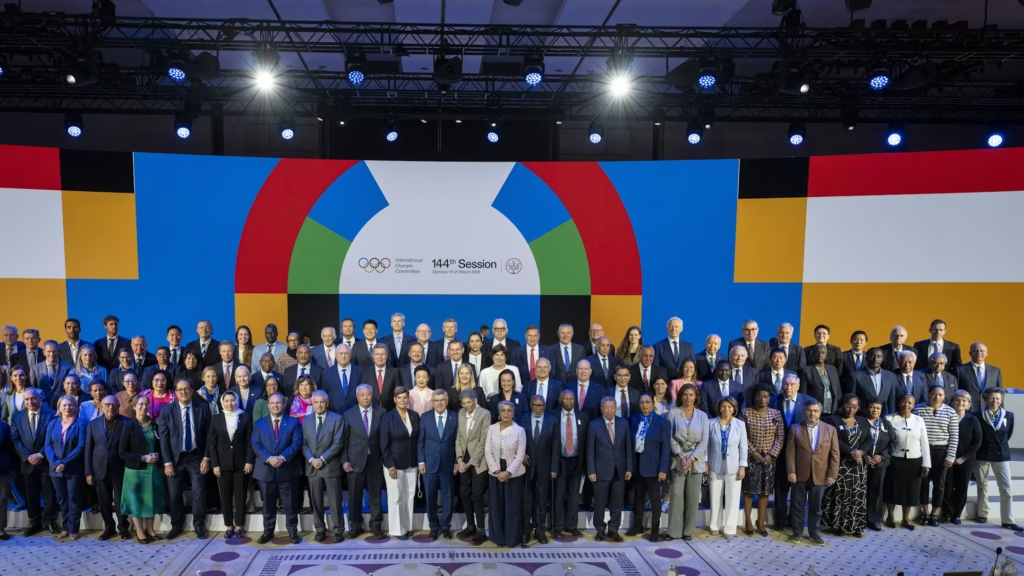
Behind the scenes, the 2025 focus has included volunteer selection and placement, uniforming, venue-specific training and command-post drills. The IOC’s Coordination Commission process—meeting regularly with the Organising Committee—keeps an explicit eye on workforce readiness and risk controls, with 2025 as the year to convert spreadsheets into real-world shifts.
Venue teams in Bormio, Cortina, Livigno and Val di Fiemme have been pairing local club expertise with Games-time procedures—everything from Alpine forerunner coordination to biathlon range safety—to ensure that inherited know-how is harmonized with Olympic protocols.
8) Security, contingency and resilience plans are being exercised
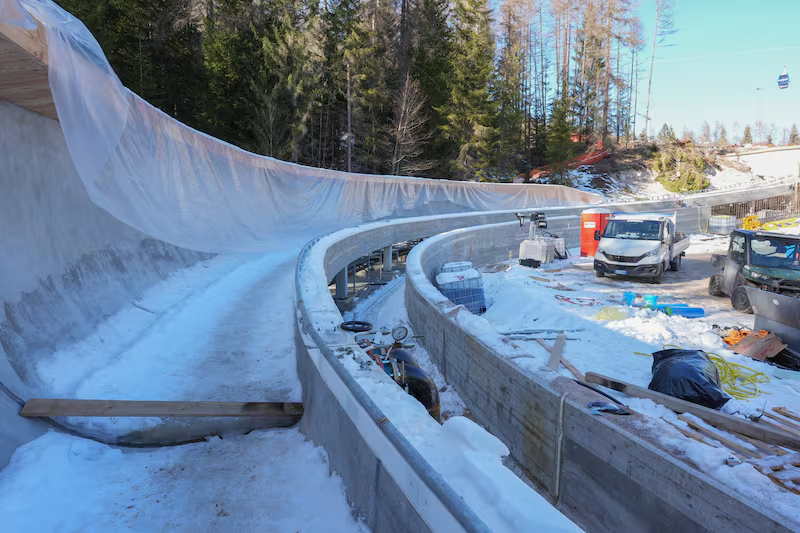
Games of this scale always require multi-agency security playbooks, and the alpine geography adds layers of mountain access control, avalanche awareness, and traffic management on narrow valley roads. In 2025, table-top exercises, full-scale drills, and venue-specific SOP validations have been staged to align national agencies with local police and venue operations.
The high-profile Cortina sliding project—having drawn outsized attention—has been the subject of specific risk oversight, budgeting transparency and schedule hardening. Reports in early 2025 documented both the project’s controversies and its subsequent progress toward readiness benchmarks later in the year.
9) Athlete services, qualification mapping and training bases are being tied off
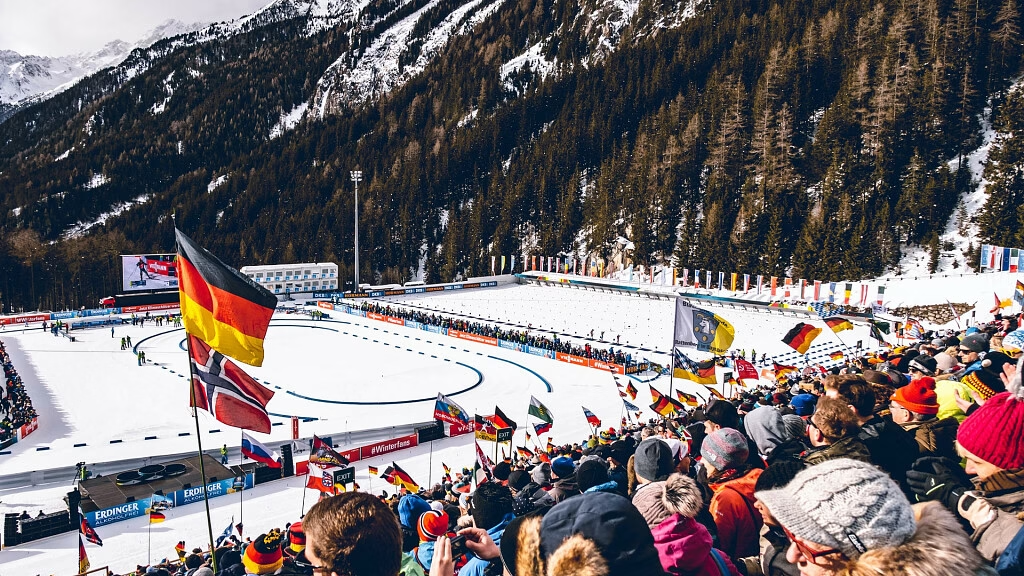
On the sport side, 2025 has been the year to finalize qualification quotas, publish detailed competition schedules, and confirm training blocks at venues. The official competition calendars and venue assignments—e.g., speed and figure skating in Milan, women’s Alpine and curling in Cortina, Nordic in Val di Fiemme, biathlon in Anterselva, men’s Alpine and ski mountaineering in Bormio, freestyle/snowboard in Livigno—have been widely communicated to teams, broadcasters and fans.
Athletes have also been using 2025 test events and training weeks to log course notes: wind patterns over Livigno’s big-air knuckle, sightlines in Val di Fiemme’s stadium, ice feel on Milan’s oval, compression and gliding phases on Stelvio’s steep pitches, and the G-loads through Cortina’s sliding curves.
10) Communications, culture and ceremonial planning are being synchronized
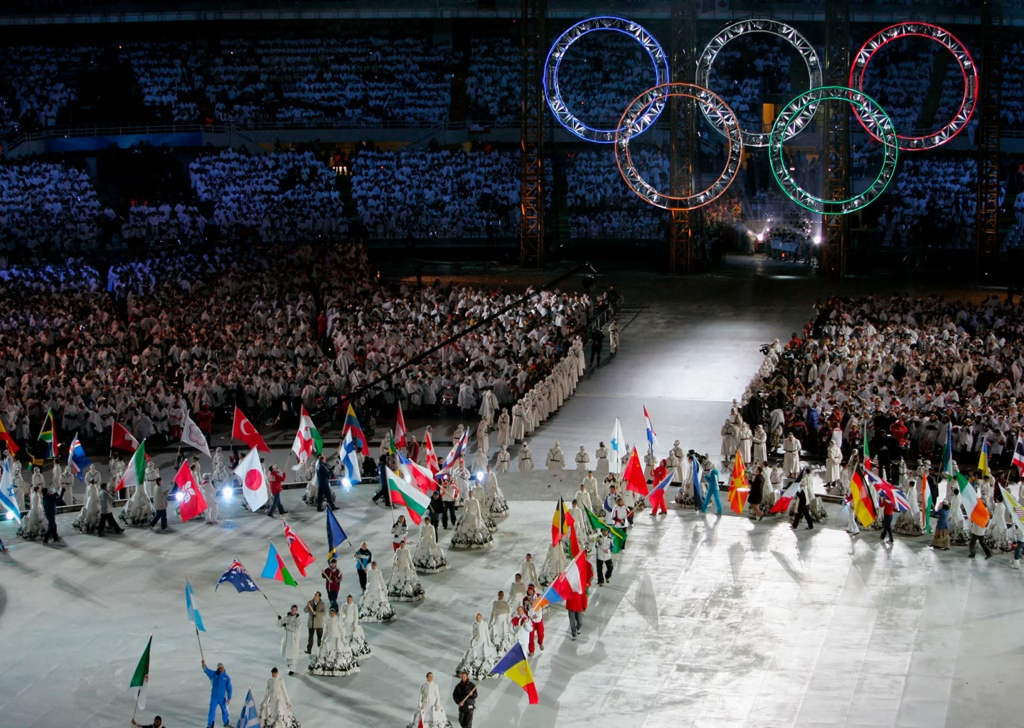
With opening and closing ceremonies split across Milan and (for some elements) Cortina, 2025 planning has worked through athlete-parade logistics, travel buffers, and staging to keep performances tight while minimizing unnecessary athlete movement on competition eves. The broader public narrative—emblems, mascots and brand identity—continues to roll out through official channels, while community programs in host valleys work to amplify local pride.
Conclusion
As preparations intensify in 2025, Italy is steadily transforming plans into reality for the Milano–Cortina 2026 Winter Olympics. From venue readiness and sustainability efforts to transport, ticketing, and fan experiences, every milestone brings the Games closer to fruition. With its unique multi-cluster model and Italian flair, the 2026 Winter Olympics are on track to deliver an unforgettable celebration of sport and culture.
Click here to read more trending SPORTS NEWS.
![]()
